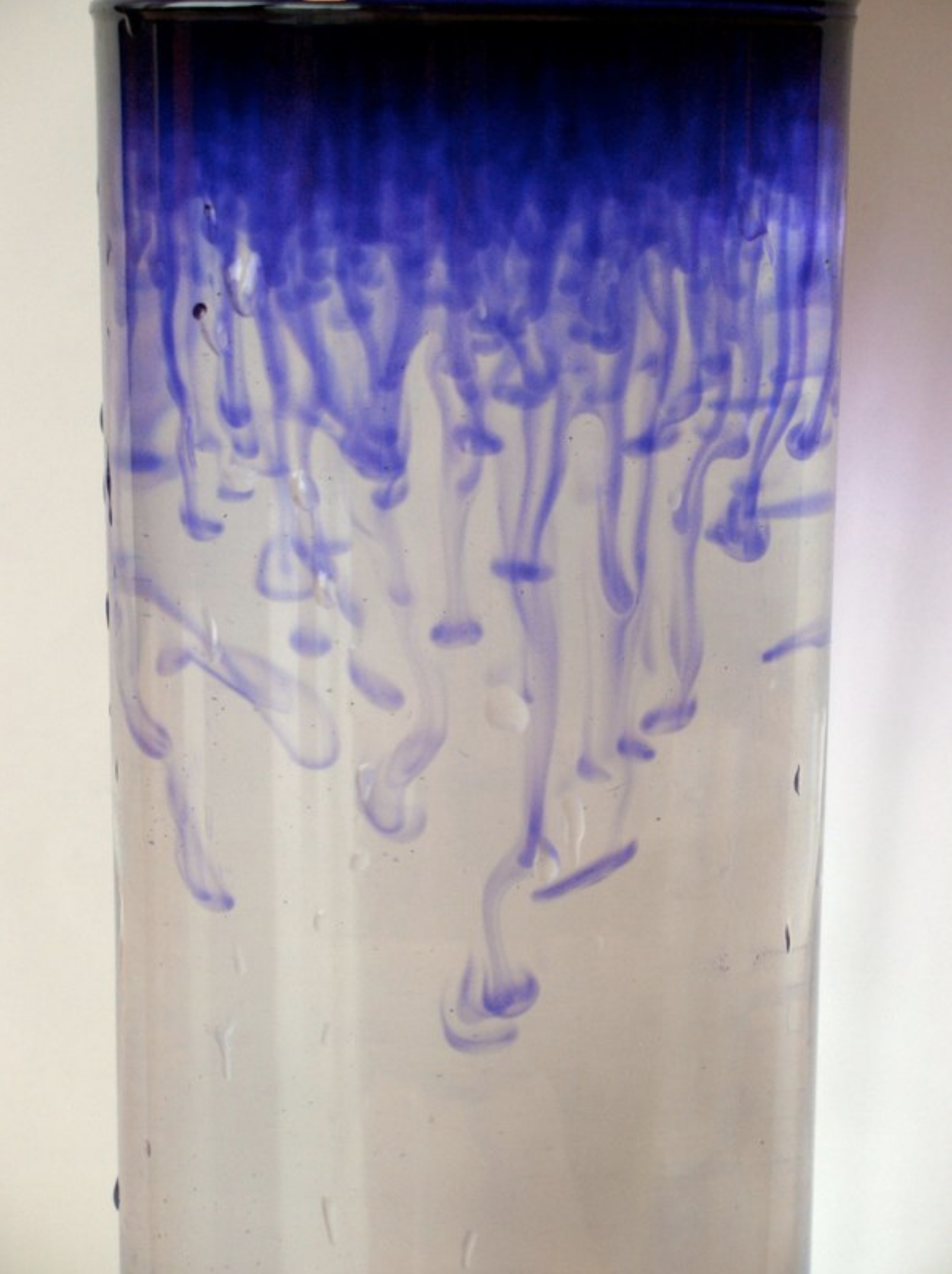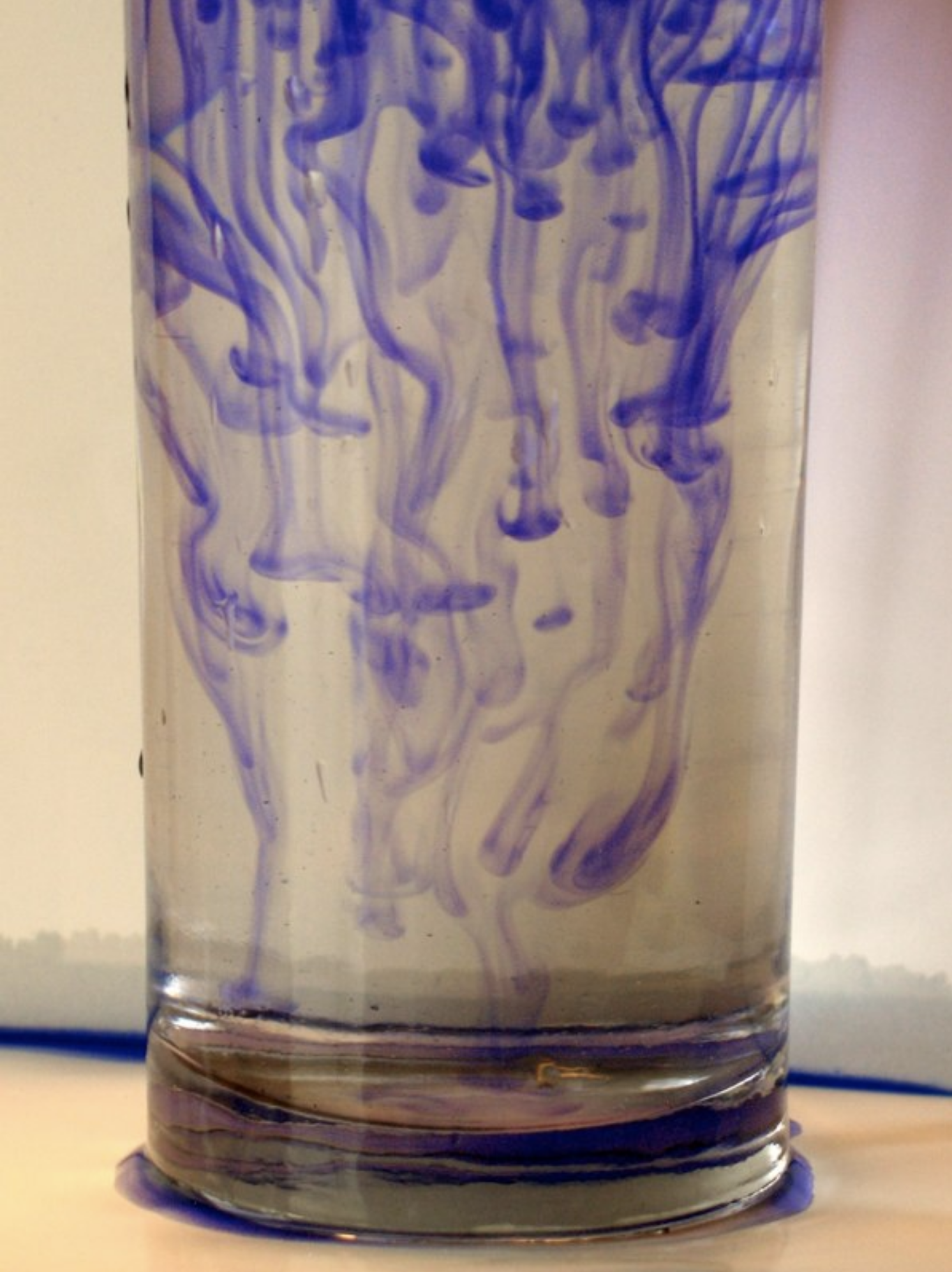Available Projects at CCA
This would be in collaborations with me (Matteo Cantiello) and Jared Goldberg (co-mentor).
The Center for Computational Astrophysics (CCA) at the Flatiron Institute is a vibrant research center in the heart of New York City with the mission of creating new computational frameworks that allow scientists to analyze big astronomical datasets and to understand complex, multi-scale physics in a cosmological context.
The CCA Pre-Doctoral Program will enable graduate student researchers from institutions around the world to participate in the CCA mission by collaborating with CCA scientists for a period of 5 months on site. With this opportunity, the selected group of researchers will be able to participate in the many events at the CCA and interact with CCA scientists working on a variety of topics in computational astrophysics (including both numerical simulations and sophisticated analyses of observational data), thereby deepening and broadening their skill sets.
Apply here. Description of some available projects below.
Modeling Stellar Convection
Stellar modeling is limited by our understanding of turbulence. We are looking for a student interested in studying stellar convection, either near the star’s surface where it can cause measurable brightness fluctuations or in deeper regions where it plays a crucial role in distributing angular momentum and setting stellar rotation rates. These projects likely involve a combination of hydrodynamic simulations with the Athena or Dedalus software instruments, as well as semi-analytic work developing prescriptions for 1D stellar evolution instruments like MESA.
Stars in AGN Disks
Stars are likely formed in, or captured by, the disks of active galactic nuclei (AGN). The disk conditions profoundly change the star’s evolution, with AGN stars accreting large amounts of mass and becoming massive / very massive. This project could involve either modeling the accretion stream with radiation hydrodynamics software instruments like Athena++, modeling the long-term stellar evolution in the MESA software instrument, or studying the interplay of stellar dynamics, AGN disk models, and evolution, tying together output from a variety of tools with semi-analytic models. Another possible porject could involve calculating the rate of visible explosive transients in AGN disks from a population of massive AGN stars. This predictions could be useful for e.g. VRO/LSST, LIGO/VIRGO
Ref: Cantiello, Jermyn & Lin 2020, Dittmann et al. 2021, Jermyn et al. 2021, Perna et al. 2021
Binary Stars
The majority of massive stars live their life with companions and will exchange matter through their Roche lobes or possibly merge before exploding. These binary interactions have a strong impact on the appearance and structure of both stars, and observational advancements (e.g., Gaia, VRO/LSST, LIGO/VIRGO) require detailed understanding of common and rare evolutionary paths.
Many stellar phenomena have been linked with accretion in a binary system (e.g., Be stars, LBVs, etc.), and detailed modeling of the internal structure of both stars and their reactions to binary interactions is possible with the MESA software instrument, while rapid population synthesis simulations (e.g., COSMIC) can be used to explore the parameter space and make predictions for event rates, and (magneto-)hydrodynamical codes (e.g., Athena++) might allow to run direct numerical simulations of rapid binary interactions in the very high mass regime.
Project ideas:
Mass transfer with MESA: Study stellar structure reaction to varying mass and angular momentum accretion rates. Compare to full binary run, possibly find analytic fits.
Model grid of accretors to be used for unpublished galactic eclipsing binaries, Be stars in LB1 and HR6819 right after RLOF, Be-XRB, Be vs. B[e] stars
Modeling of late CCSNe from RSG+CO WD, to check if it leads to lifting the WD degeneracy or to a type 1.5 SN.
ATHENA++ modeling of RLOF accretion on a 50+Msun star: relevant to GW formation scenarios and might be possible if thermal and dynamical timescale are similar.
APOGEE Binaries
Binary stars represent a powerful probe of stellar evolution. Data from the APOGEE radial velocity survey have been used to identify a large population of binary main-sequence and red giant stars. This project would involve studying the chemical abundances, eccentricities, periods, and rotation periods of the APOGEE binaries, and leveraging semi-analytic models as well as 1D stellar evolutionary models to gain insight into how both single and binary stars evolve.
Modeling Stellar Ingestions with MESA
Planets and stars can be engulfed when, e.g., their host or companion star ascends the giant branch. Using a 1D code (MESA) it is possible to account for the energy deposited during the spiral in and determine the evolution of the primary star. This project aims at creating a grid of light-curves to be used as templates for observations with VRO/LSST.
Late Phases of Massive Stars Evolution
The spin rate of black holes and neutron stars, and its relation to the pre-explosion core structure and the physics of stellar explosion is an as-yet insufficiently explored topic. Present measurements in X-ray binaries and GW sources show very different black hole spin-distributions, and many theoretical processes might influence the final core spin and the explosion of massive stars. These include stochastic spin up/down of the inner core by late shell burning and accretion of high angular momentum material from convective shells in red supergiants. These mechanisms can introduce a stochastic component in the spin evolution of stars, and their importance for the sample of observed compact object spins is as of yet poorly explored.
Project ideas:
Study the spin rate of compact remnants due to:
Stochastic spin up from IGWs (extending the work of Fuller et al. 2015)
Stochastic angular momentum accretion from convective shells fallback (extending the work of Quataert et al. 2019)
In particular the goal will be to characterize amplitude and relative orientation of the spin vector, consider different types of objects (e.g. He stars) for applications to GW progenitors from isolated binaries.




























